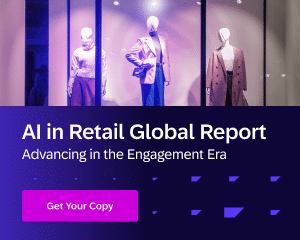What is progressive profiling?
Progressive profiling is a technique used to ensure data accuracy and completeness by gradually asking users more detailed questions over time to gather reliable 1st party data.
This allows the user to slowly become more comfortable with supplying personal information rather than being asked for everything at once. It also helps to keep forms short, allowing for quicker form completion and higher completion rates. Additionally, progressive profiling can help organizations gain insights into their customers that may not be readily available from public sources.




